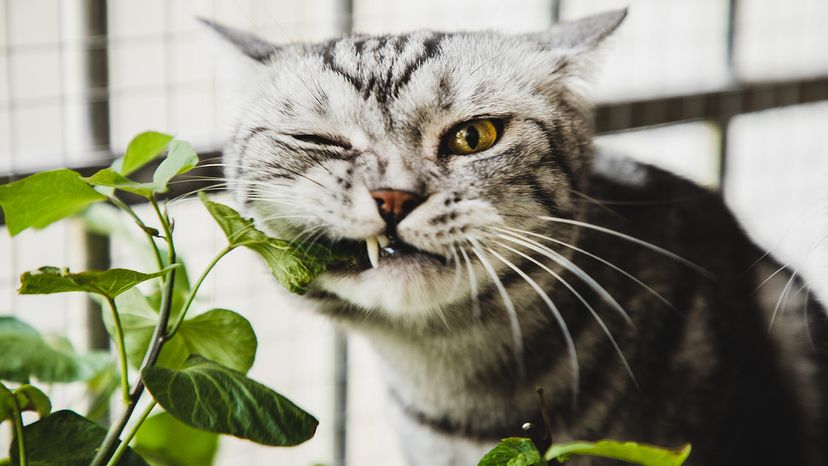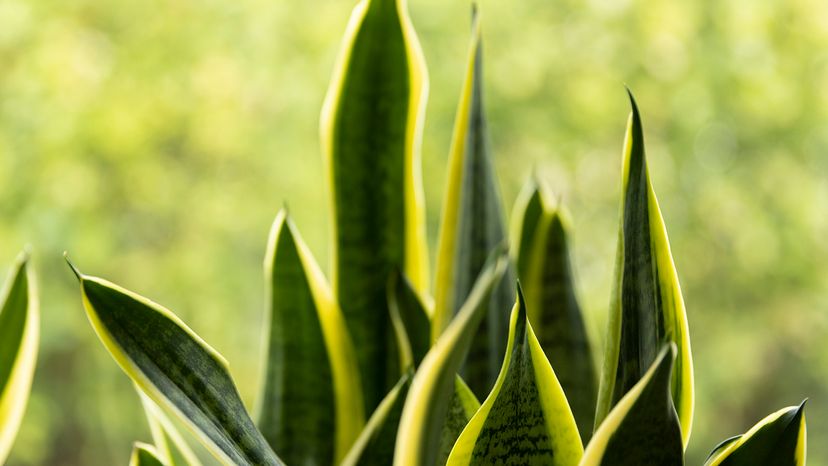
Snake plants are the hardy green heroes of the indoor garden world. Also known as mother-in-law's tongue, these low-maintenance houseplants are practically indestructible and can thrive in everything from bright sun to dim corners. But pet lovers, especially cat owners, often ask: Are snake plants toxic to cats?
If your furry friend is a fan of nibbling on leafy greens, it’s crucial to understand the risks. The good news? You’re not alone. Many cat owners have asked the same question about the safety of the plants in their homes.
Advertisement
So, let’s dig into the science behind snake plant toxicity and find out what makes these popular houseplants potentially risky.

